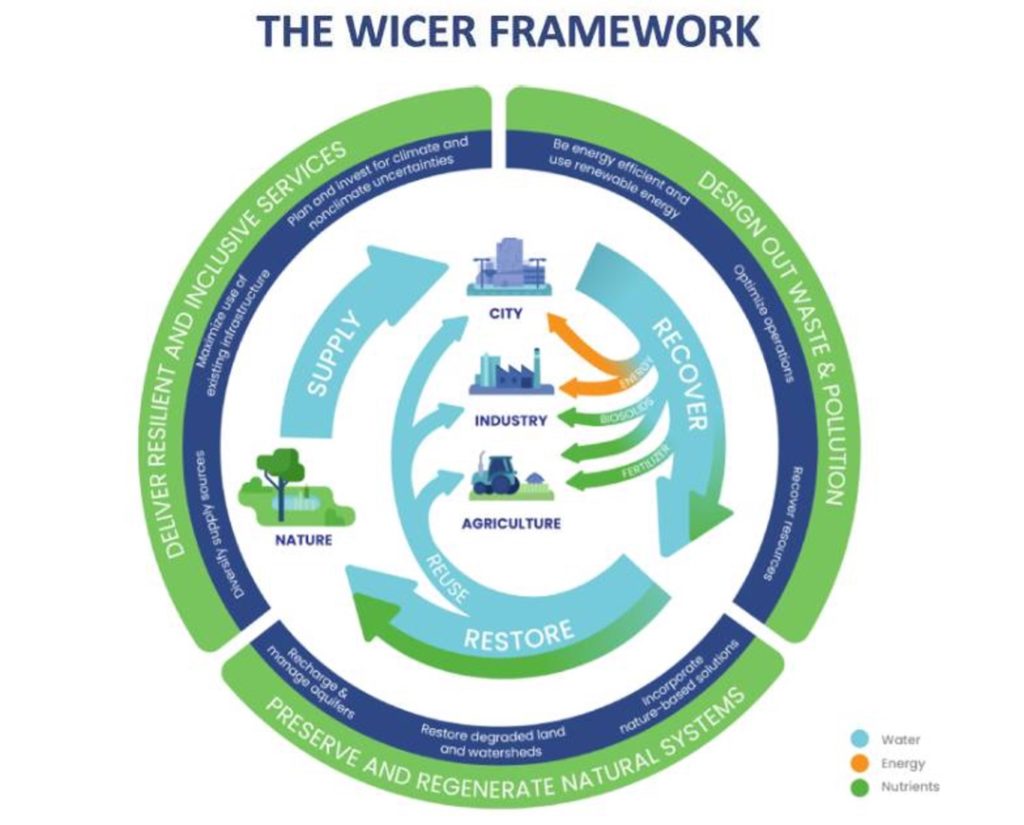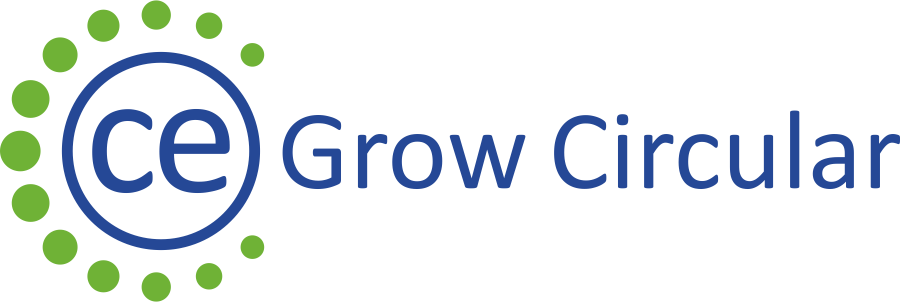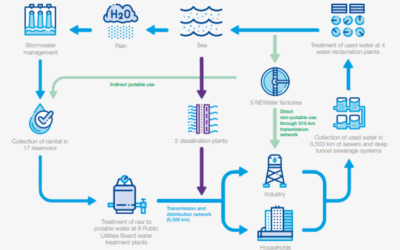Manmade extreme weather phenomena will increase in the next years which will strain water supply. As there will be longer and more often occurring droughts in one area, but also more flooding in other areas. Which will make water availability more unpredictable...
Water
Water is an important but scares resources, which has to be shared and spend carefully. But with a growing population water management becomes difficult to control. Cities have to put a bigger focus on sustainability of water.
But water is more than just a resource which only can be consumed, but also as growing ecological problem. As water supplies get out of balance, extreme weather phenomena occur, which let some parts of the world experience extreme droughts and others high floods. These disasters can be prevented, by developing a better water management, water treatment and the general change of water usage.
This wasteful water usage becomes apparent in bigger global cities. These big cities lack the circular water system and use their water only one way. This means water gets supplied from somewhere, mostly natural water sources like rivers and lakes. The supplied water gets used by industrial sector and the public, after the consumption the water gets drained with all its waste and chemical in it.
A rethink must take place, as most of humankind see water as an endless and cheap resources, which can be spent with no remorse. This change of mind must take place quick, as humankind has to think in a more global scale, on how to treat water and figure out a more resourceful ways to use water.
One of these ways is a circular city with a circular flow of water. Which means water is used in a circular motion and gets reused again and again, to eliminate all wastewater. The WICER Framework illustrates nicely how a circular water usage would look like. Where supplied water will be recovered and later used in agriculture and industry. With the goal to later be restored and put back in natural bodies of water or reused in the community. [3,6,9]

Legal and political factors (only European level)
The European union declared on of their goals of the green deal is to create more clean water and a restoration of biotopes, to increase a more health life for all. [4] One of these strategies is the biodiversity plan for 2030, which has the overall goal to protect...
Social and cultural factors
As stated, human pollution effects water resource, but also the general effect of a growing population puts a strain on water resources. As it is expected the world population will grow over 7 billon people in next years a problem becomes apparent. This rising...
Technological factors
It’s most important to close the circle of water usage and reduce wasted water, this circular use of water has to include all waters and materials in the water, to effectively be more sustainable. This closing of the water loop must have the goal to reduce wastewater...
Examples of innovative solutions (good practices)
Portugal Portugal created a national action plan with 7 key objectives. design, repair, and reuseincentivizing a circular marketeducating for a circular economyeating without wastinggiving waste a “new life”regenerating water and nutrientinnovating for a circular...
References
Biodiversitätsstrategie für 2030. Environment. (n.d.). Retrieved January 19, 2022, from https://ec.europa.eu/environment/strategy/biodiversity-strategy-2030_de Chemicals strategy. Environment. (n.d.). Retrieved January 19, 2022, from...
More information
EU and other websites European Commission_ Evaluation of the impact of the CAP on water: 2020European Commission _ Horizon 2020 Water Innovations for sustainable impacts in industries and utilities: 2020European Environmental Agency _ Water and marine...
Animation goes here



